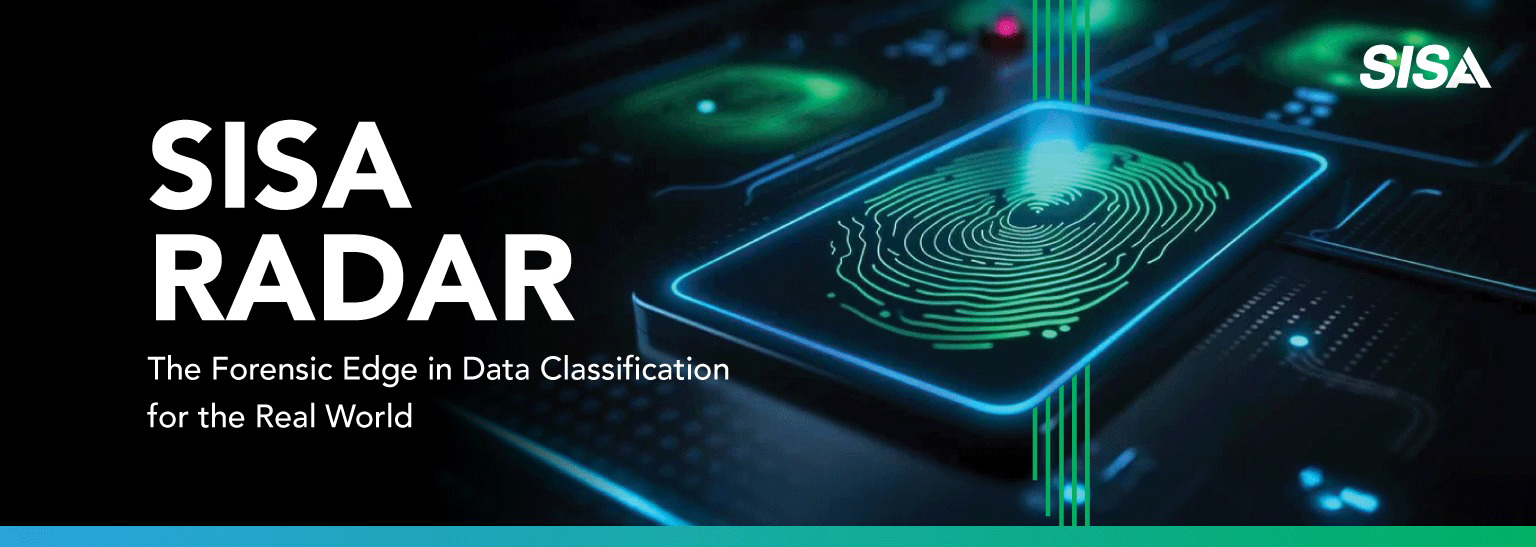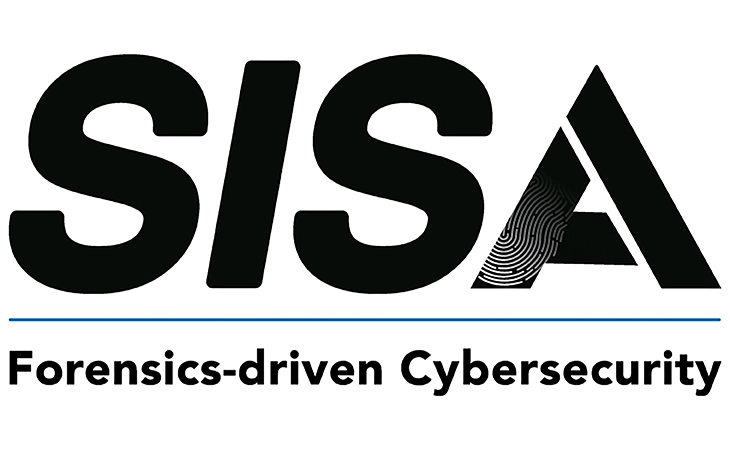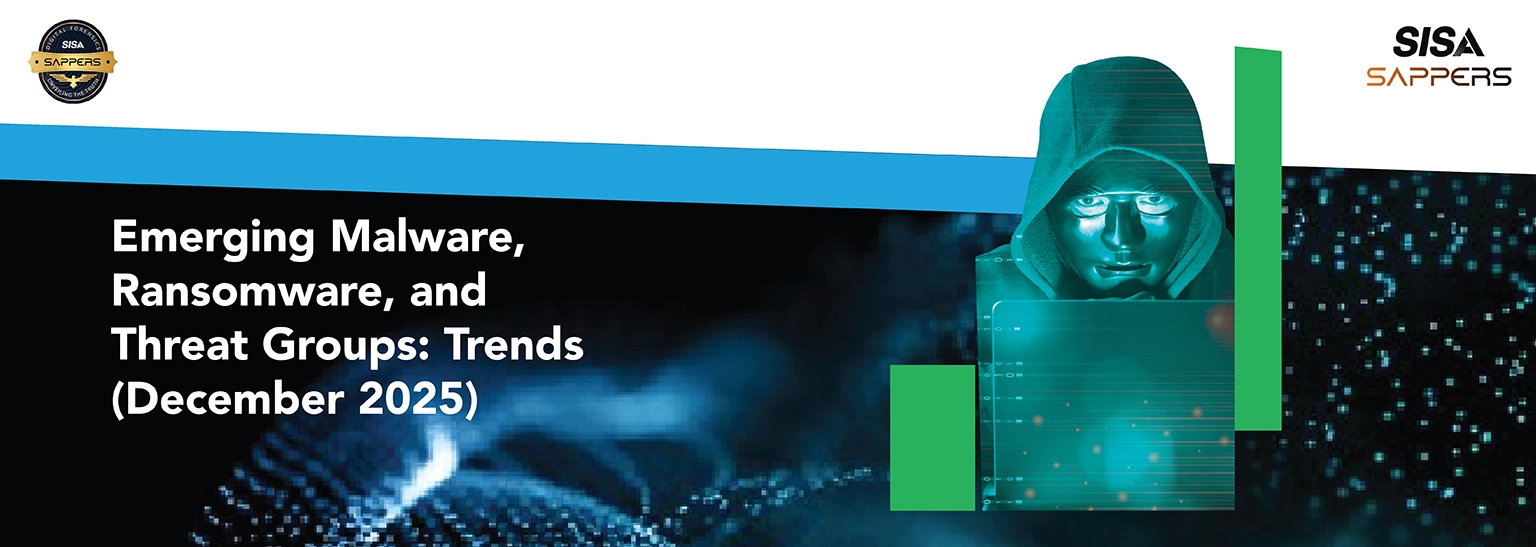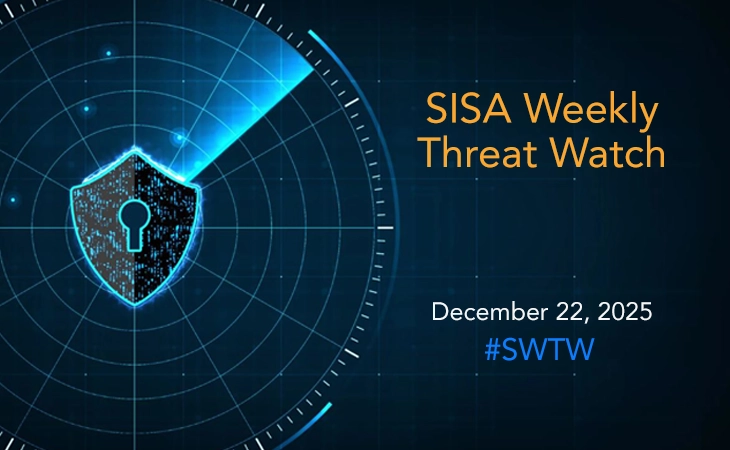
What Is PCI PIN Compliance And Its 6 Requirements [2025]
Why PIN Security Still Matters in 2025
In the fast-evolving world of digital payments, it’s easy to think of PINs as old-school. After all, biometrics, contactless payments, and tokenization are taking center stage. But here’s the thing: PINs still secure billions of transactions every year. They’re simple, reliable, and, when protected properly, incredibly resilient.
In fact, card fraud losses in the U.S. alone reached a staggering $12 billion in 2023 (source). A significant chunk of that still stems from card-present transactions where PINs act as the first line of defense. For fintechs and payment companies, understanding and implementing PCI PIN compliance is not just regulatory housekeeping, it’s critical to protecting your customers and your business.
What Is PCI PIN Compliance?
At its core, PCI PIN compliance is all about safeguarding the process of capturing, encrypting, transmitting, and validating a customer’s PIN during a card-present transaction.
Developed by the PCI Security Standards Council (PCI SSC), these requirements ensure that the moment a PIN is entered at a terminal, it is securely protected against interception or tampering.
It’s important to note that PCI DSS and PCI PIN are not the same. PCI DSS focuses broadly on securing cardholder data across environments. PCI PIN zeroes in specifically on how PINs are handled during card-present transactions , right from when the customer punches it in, all the way to when the issuing bank approves the transaction.
Why PCI PIN Compliance Matters for Fintechs and Digital Payment Companies
If your company touches PINs in any way, whether through ATMs, POS devices, mobile POS, SoftPOS, or payment gateways, then PCI PIN compliance is squarely your responsibility.
Here’s why it matters:
- Regulatory Mandates: Payment networks require it. Non-compliance isn’t just frowned upon; it’s penalized.
- Financial Risk: Fines for non-compliance can exceed $500, 000 per breach event according to card brand enforcement programs.
- Reputation on the Line: According to the Verizon 2024 DBIR, 75% of consumers would stop using a financial service after a breach. Trust is everything.
- Keeping the Business Running: Breaches tied to PIN mishandling can lead to losing your transaction privileges, essentially shutting down your ability to process payments.
In short, it’s not optional.
The 6 Core PCI PIN Requirements [Simplified for 2025]
Let’s break it down in plain English:
Secure PIN Entry Devices (PEDs)
Only devices listed and approved by PCI SSC can be used for PIN capture. These devices have built-in tamper resistance.
- Make sure they’re installed properly.
- Protect against shoulder surfing, hardware tampering, and software exploits.
Encryption During PIN Transmission
The moment a customer enters their PIN, encryption needs to kick in, and it must stay encrypted all the way to the card issuer.
- Use strong encryption formats like TR-31 key blocks.
- No cleartext PINs allowed, ever.
PIN Key Management
Managing cryptographic keys is serious business.
- Keys must be generated, distributed, stored, and destroyed securely.
- Dual control (meaning two people required) and split knowledge (no one person knows the whole key) are mandatory practices.
Monitoring and Logging PIN Activity
You need eyes on everything PIN-related.
- Keep detailed logs for any PIN transaction or key management event.
- Set up real-time monitoring and flag suspicious activities immediately.
Access Control and Physical Security
Who has access matters, a lot.
- Only authorized personnel should touch PEDs, servers, or sensitive environments.
- Physical security: think cameras, locked rooms, sealed equipment.
Ongoing Compliance Validation
You can’t just comply once and forget about it.
- Conduct periodic self-assessments.
- Engage third-party Qualified PIN Assessors (QPAs) for independent audits.
- Keep validation documentation ready for payment brands and regulatory reviews.
Key Changes or Updates in PCI PIN Requirements for 2025
What’s new?
- Stronger Encryption Mandate: All organizations must fully implement TR-31 Phase 3 key block formatting by December 31, 2024. If you’re still using legacy key methods, time’s up.
- Updated PED Requirements: Devices must support newer cryptographic algorithms like AES-256. Old devices not supporting updated encryption need to be phased out.
- Deadline Clarity: Non-compliance with updated encryption standards post-2024 means operational penalties or worse, merchant de-listing.
It’s not just about stricter rules, it’s about staying ahead of how attackers are targeting physical payment systems now.
Practical Tips for Fintechs to Achieve and Maintain PCI PIN Compliance
Here’s the blueprint:
- Invest in PCI-Approved Hardware: No shortcuts here. Only deploy devices listed on the PCI PTS website.
- Implement Robust Key Management: Automate key lifecycle management where possible. Use Hardware Security Modules (HSMs) that meet PCI standards.
- Train Your Teams: Your developers, operations staff, and even field support teams need PIN security training. It’s not just an IT issue.
- Regularly Test and Validate: Schedule vulnerability scans, penetration tests, and encryption key audits.
- Centralize Monitoring: Having real-time visibility across all PEDs and key management systems can help detect threats early.
- Stay Updated: PCI SSC updates standards regularly. Make sure your compliance strategy evolves too.
- Engage Qualified Assessors: For independent validation and expert guidance, bring in PCI SSC-certified QPAs when needed.
PINs Aren’t Going Anywhere, and Neither Are Compliance Expectations
PIN security is not a relic of the past, it’s an active frontline defense that payment ecosystems still rely on.
For fintechs and digital payment players, PCI PIN compliance is more than regulatory pressure. It’s about protecting your customers, ensuring transaction reliability, and maintaining your brand’s hard-earned trust.
By understanding the six key requirements, adapting to 2025’s updated standards, and fostering a culture of security, you’re not just meeting an obligation, you’re building a stronger, more resilient business.
And honestly, in a world where trust is currency, you can’t afford not to.
Ready to start strengthening your PIN security? Now’s the time. Click here to get in touch.
Latest
Blogs
Whitepapers
Monthly Threat Brief
Customer Success Stories
 USA
USA India
India APAC
APAC Middle East
Middle East Global
Global


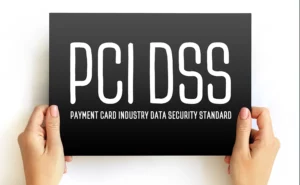



 Facebook
Facebook Linkedin
Linkedin  X
X Youtube
Youtube



